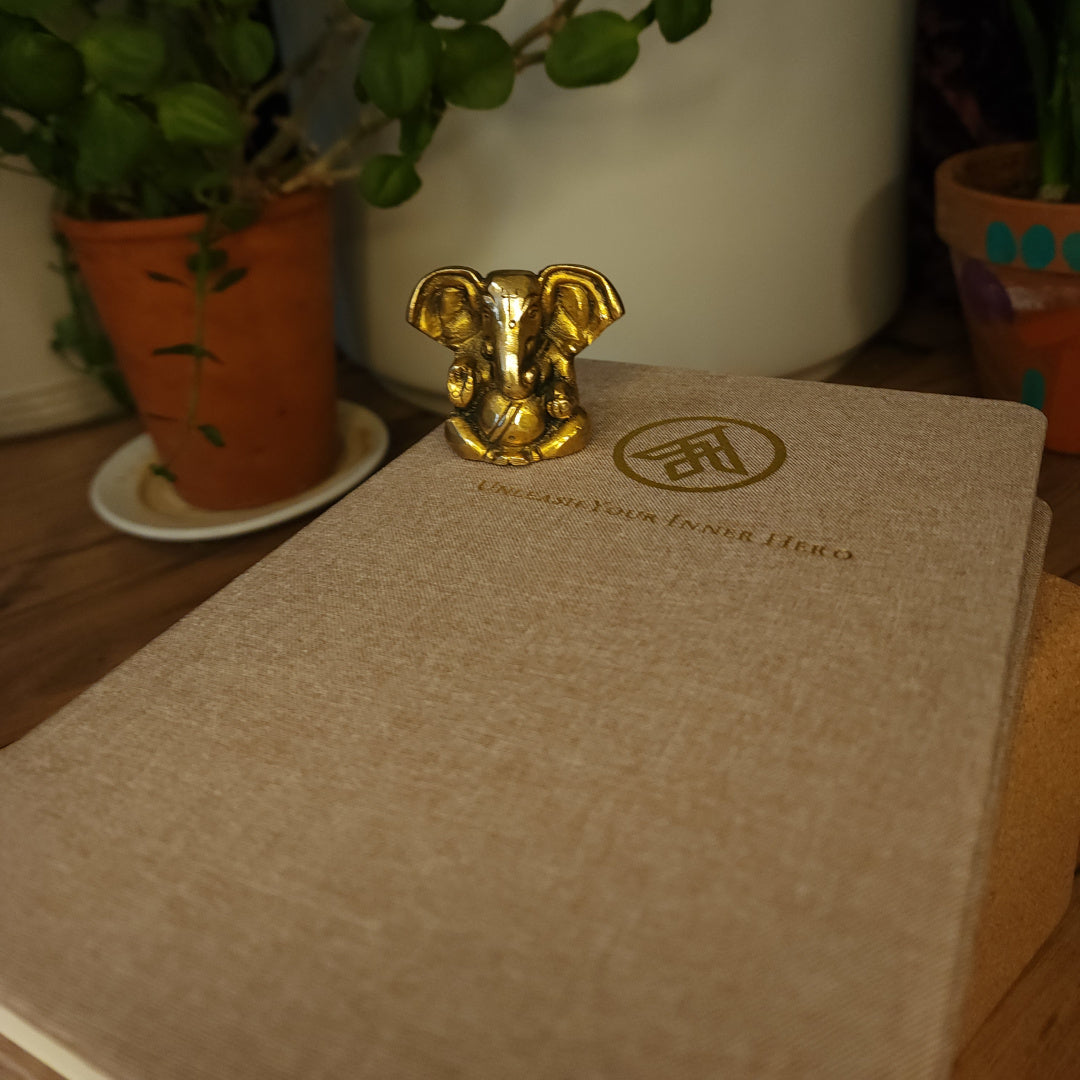Baddha (Bound)
Jack UtermoehlShare
Baddha is a Sanskrit term meaning "bound" or "restrained," commonly used in yoga to describe postures that involve holding or binding parts of the body.
These poses emphasize focus, control, and stability, often requiring practitioners to engage specific muscles while creating a sense of connection and unity within the pose.
Baddha invites awareness of how restraint and alignment can deepen the physical and mental aspects of yoga practice.
Etymology and Meaning
Root Word: "Baddha" (bound, tied, restrained)
Translation Variations: Bound, restrained
Pronunciation: Baddha [BAHD-hah]
Baddha poses often involve physical binds or crossings, such as linking hands or clasping feet, symbolizing connection, discipline, and inward focus.
They encourage practitioners to explore their range of motion and cultivate mindfulness within limitation.
Examples of Baddha in Yoga Poses
- Baddha Konasana: Bound Angle Pose, where the soles of the feet are pressed together, and the hands hold the feet.
- Baddha Parivrtta Trikonasana: Bound Revolved Triangle Pose, involving a twist and a bind that deepens the stretch and alignment.
Symbolism in Yoga Philosophy
Baddha symbolizes discipline and the ability to embrace limitations as tools for growth. In yoga philosophy, binding represents the integration of body, mind, and spirit, encouraging practitioners to cultivate focus and patience while exploring their boundaries.
Jewelry Designed for Your Practice
We created this collection to honor the wisdom and beauty of yoga. Each piece is crafted with intention to support your journey, on and off the mat.
Practical Application
In Physical Practice
- Use baddha poses to improve flexibility and strength through targeted engagement of muscles.
- Practice mindful alignment and controlled breathing to deepen each bind safely.
In Mental and Emotional Practice
- Approach restraint in baddha poses as a metaphor for self-discipline and focus.
- Use these poses to cultivate patience and acceptance of physical and mental limitations.
Quotes and Wisdom
"In binding, we find unity. The restraint becomes a pathway to freedom."
"Baddha teaches us that boundaries are not limits but tools for deeper exploration."
Modern Relevance
Baddha poses are highly relevant in modern yoga practice, offering tools to improve flexibility, stability, and mindfulness. By embracing the physical binds, practitioners can deepen their self-awareness and develop a greater sense of connection with their bodies and minds.
Related Concepts
Bandha: Internal locks used in yoga to control energy flow, complementing the focus and restraint of baddha poses.
Sthira: Steadiness and stability, qualities cultivated in bound poses through mindful engagement.
How to Practice Baddha Poses
Mindset: Approach baddha poses with curiosity and patience, embracing the journey of deepening flexibility and focus.
Actions: Use props or modifications to safely explore binds and maintain alignment.
Reflection: Observe how restraint in physical poses influences your mental focus and emotional resilience.
Suggested Reading
- Light on Yoga by B.K.S. Iyengar.
- The Key Muscles of Yoga by Ray Long.
Conclusion
Baddha represents the power of connection and focus through restraint. By practicing bound poses, practitioners can explore their physical and mental boundaries while fostering discipline, mindfulness, and growth.







